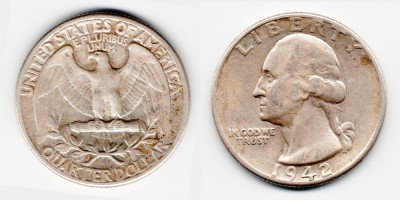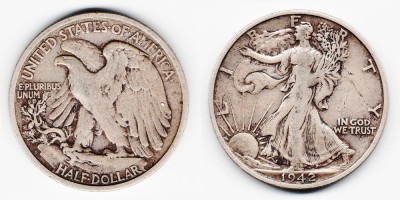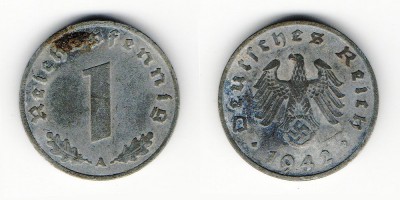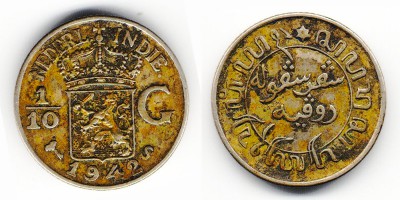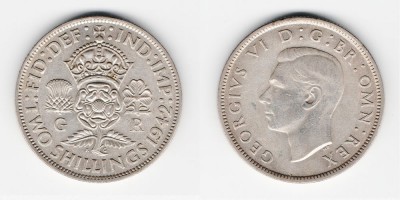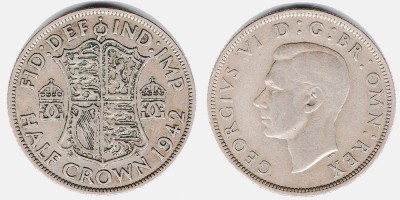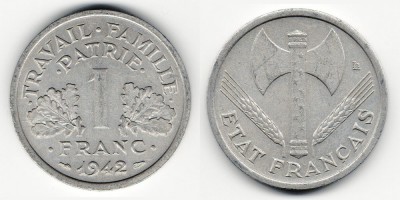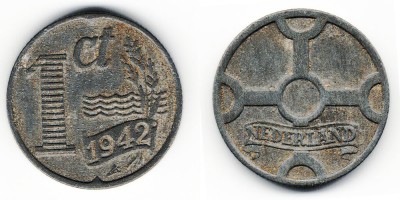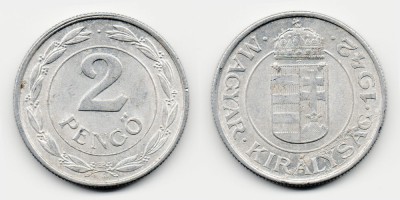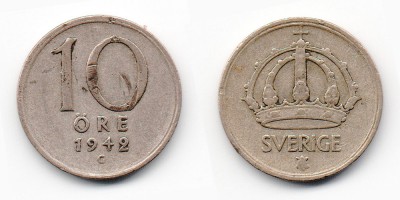It is still unknown whether this is true or legend. This refers to the Soviet 2-kopek coin of 1942 of release. According to the existing history, the Leningrad Mint of the city besieged by the Nazis, only 450 units were issued (for the amount of 9 rubles). But since then, not even a single coin has been preserved. There is also such a version that all the pennies were used by soldiers - soldiers of the Great Patriotic War for the manufacture of homemade lighters.
But the zinc coin of Denmark, dignity in the 2nd era, exists in reality. Its weight is 3.2 grams and its diameter is 20.8 millimeters.
The history of coinage by Italy in 1942 is interesting. A coin in denomination of 1 lira was produced from acmonital (Italian coin steel), 10 centesimo - from aluminum bronze, and a coin in 20 centesimo minted from stainless steel.
In India (British India), a coin was minted, on the obverse of which George 6, the king of Great Britain, was immortalized. By the way, he was the last emperor of India. A nickel-brass coin weighing 5.74 grams and 25 millimeters in diameter, minted in denomination 2 annas.
In French Africa in 1942, a copper coin of 1 franc entered into circulation.
In British East Africa, coins of 1, 5, and 10 cents were minted. The bronze 1 cent coin was issued only in 1942. For the minting of bronze coins in denominations of 5 cents, 1921-1925, 1928, 1933-1936 were set aside. But as for the bronze coin of 10 cents, it was minted in London and Bombay. Moreover, coins minted in British India (Bombay) are more rare.
In Hungary, a steel coin of 10 fillers was released.
Germany (3rd Reich) in war 1942 minted a coin in denominations of 10 Reichspfenig. They were produced from zinc, and were very high quality.
During this period, Romania gave the world a coin of 5 lei.
 Russian
Russian English
English Deutsch
Deutsch Spanish
Spanish Português
Português



